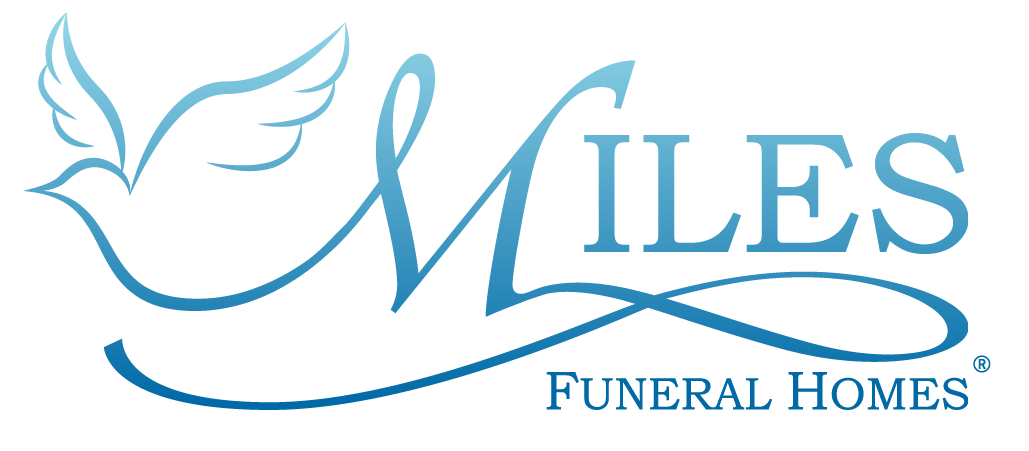Jewish Services
Jewish Services
Serving all of the Jewish Communities in Massachusetts
Need help right away or have any questions?
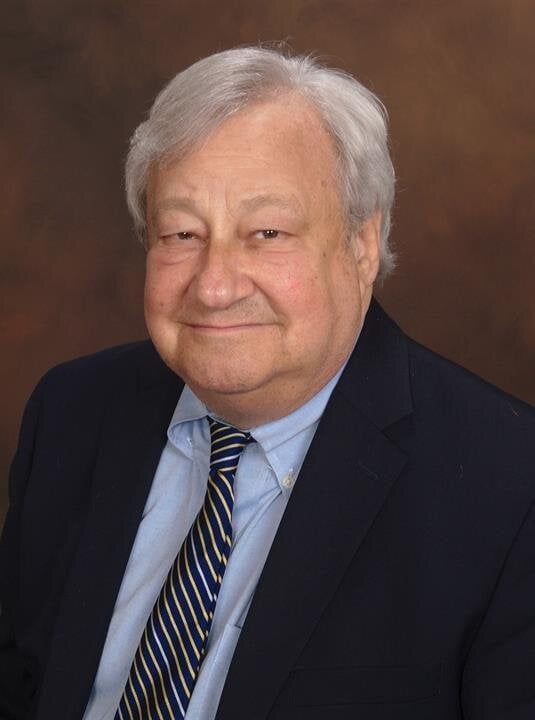
Richard Perlman, Funeral Director
We are able to serve the Jewish communities with licensed funeral directors Richard Perlman and Bruce Wahle. Together, they are well acquainted with many local families, they have a solid relationship with the local synagogues and they have a thorough foundation in the Jewish faith. Richard Perlman has dedicated his entire life to serving local Jewish families, and he works every day to continue the mission and legacy of Perlman Funeral Home. Miles will continue the tradition of serving the Worcester regional Jewish communities just as Perlman Funeral Home once did.
Miles has established itself as a part of the local Jewish community. We have a close connection with the local synagogues and Rabbis. We strictly follow all Jewish laws and traditions. In our Holden location, we have dedicated an entire section of our facility for Jewish funeral care. We have a newly renovated Taharah room, a suite dedicated only for those of Jewish faith.
It's aspire to remain the choice funeral home for those of the Jewish faith, and are honored to serve the Jewish community.
The Jewish Funeral Tradition
Taharah – The deceased is washed thoroughly by members of the sacred burial society (Chevra Kadisha), which will prepare the body for burial. Men prepare men and women prepare women. They wash the body with warm water from head to foot and, although they may turn the body as necessary to clean it entirely, including all orifices, they never place it face down. Prayers and psalms are recited during the washing.
Tachrichim - The deceased is buried wearing a simple white shroud to avoid distinguishing between rich and poor. Men are buried with their prayer shawls (tallism), which are rendered unusable by cutting off one of the fringes.
Oron - Tradition calls for the casket to be simple; to be made of wood with no nails or other metal parts; and to have several holes in the bottom to allow the body’s natural return to dust.
Shemira - As a sign of respect, the body is guarded or watched from the moment of death until after burial. A family member, a Chevra Kadisha member, or a Shomer arranged by the funeral home recites psalms (Tehillim) while watching over the deceased.
K’reeah - The rending of the mourners’ outer garments, a symbol of their anguish and grief. The Rabbinic Assembly Law Committee decided that a black ribbon can become part of the garment and is torn if the family does not wish to tear their own clothing.
The Funeral
The funeral service serves as the foundation on which the process of mourning is built. Recognizing the importance of the mourners to be surrounded by family and friends, Jewish tradition deems attending both the funeral and burial services to be a mitzvah, a religious obligation.
At the Cemetery
We accompany the deceased to their final resting place. The Tradition is that the Kaddish prayer is not recited until after the casket has been lowered, and the grave filled. Dating back to Biblical times, the preference for Jewish people had been earth burial, and that custom remains strong today.
There are several customs regarding the number of pauses made in order to indicate our unwillingness to end the service. One custom establishes seven stops, another three stops, and another maintains that the procession should stop every six or eight feet. Seven pauses are customary in most communities.
When the funeral service has ended, the mourners come forward to fill the grave. Symbolically, this gives the mourners closure as the observe, or participate in, the filling of the grave site. One custom is for all people present at the funeral to take a spade or shovel, held pointing down instead of up, to show the antithesis of death to life and that this use of the shovel is different from all other uses, to throw three shovelfuls of dirt into the grave. When someone is finished, they put the shovel back in the ground, rather than handing it to the next person, to avoid passing along their grief to other mourners. This literal participation in the burial is considered a particularly good mitzvah because it is one for which the beneficiary -- the deceased -- can offer no repayment or gratitude and thus it is a pure gesture.
Shiva and Mourning
Shiva - The First Period of Mourning, Shiva means seven and is the period of mourning immediately following the burial. Tradition is that the day of burial counts as the first day of Shiva, which continues for seven days.
Shloshim - The Second Period of Mourning, Shloshim which means thirty in Hebrew, is the thirty days following the burial, with the day of the burial counting as the first day. Usually then, Shiva is the first seven days of Shloshim. As with Shiva, some festivals affect the Shloshim period, and your Rabbi will advise you how a festival impacts on a particular situation. At the conclusion of Shiva, Shloshim serves as a period of re-entry into the world of the living for the mourner.
Yahrzeit - The annual anniversary of the death of a person is called the Yahrzeit and is traditionally observed based on the Hebrew calendar. The Yahrzeit is observed by lighting a twenty-four hour candle the evening before the day of the Yahrzeit, and most people recite the Kaddish and take a few moments of introspection and thought. Most congregations the name of the deceased whose Yahrzeit is being observed during the Shabbat services closest to the date.
The Unveiling of the Monument - Since the book of Genesis in which Jacob erected a tombstone over the grave of his wife Rachel, placing a monument over the grave of the deceased has become a long standing Jewish tradition. Since Biblical times this ancient practice has been used and continues to be used to honor those who have died and have been buried. The purpose of the tombstone is twofold; it not only allows the family members and friends to visit the specific burial site but to honor the deceased as well.
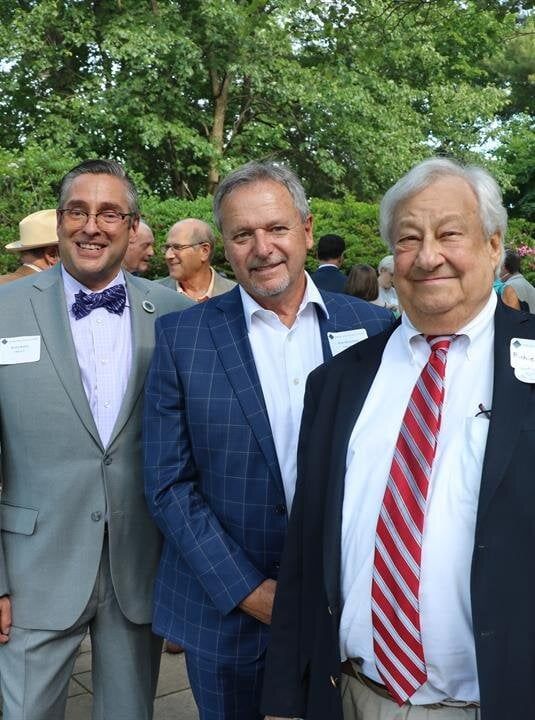
Bruce Wahle, Rick Mansfield and Richy Perlman at the Jewish Healthcare Center Annual Meeting held on Wednesday, June 15th, 2022.
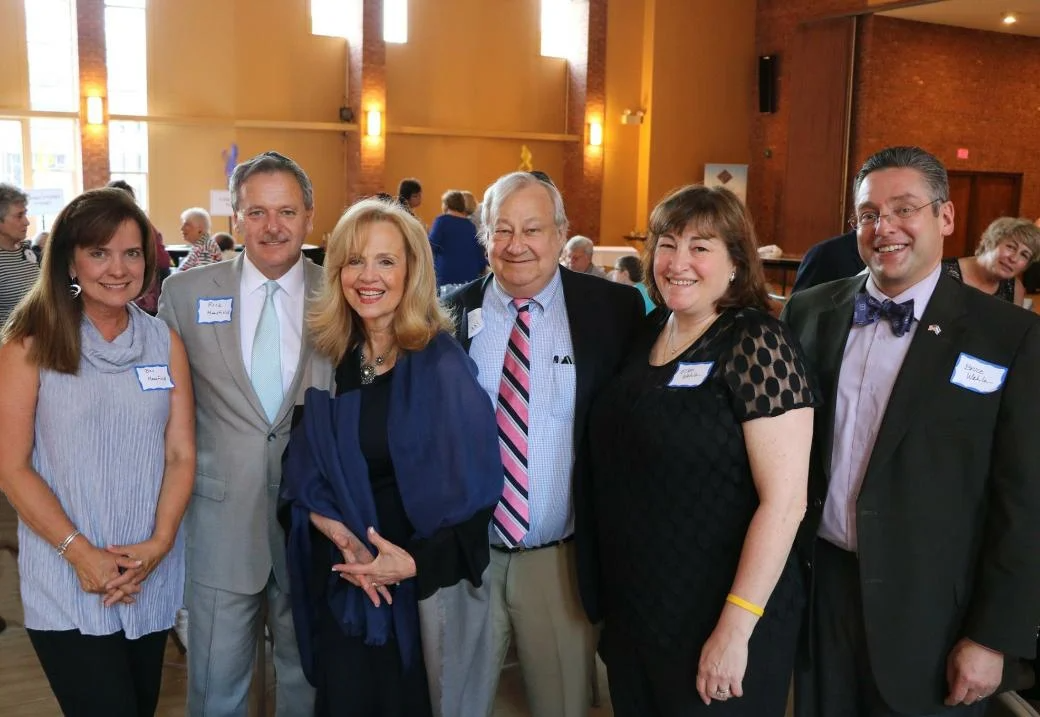
Beth Israel Synagogue event. The picture above from left to right shows Beverly Mansfield and her husband, Richard Mansfield, Marylin Perlman and her husband, Richard Perlman and Ellen Wahle and her husband, Bruce Wahle.
